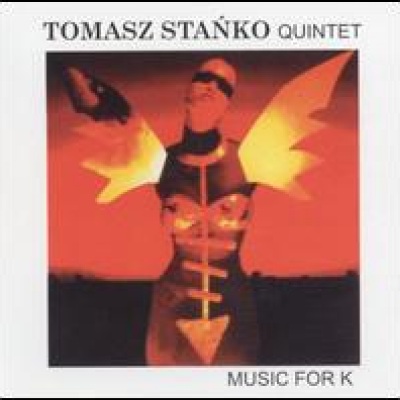
Music for K
by Thom JurekFrom the title it's fairly obvious that Stanko is dedicating this work to his former boss and compatriot, the late Kryzsztof Komeda, who had passed a few years before. But it's difficult to believe that this was recorded in 1970. Stanko's quintet was so fully versed in the free jazz aesthetic and pursued to fuse it to the European classicism and avant-gardism of his native Poland. There are five tracks here, all part of a larger suite that is opened and closed by a theme. Stanko's writing is for a large harmonic palette realizable by two saxophones and his own trumpet with a rhythm section. He uses the post-bop fake book to write tight harmonic figures that can be undone by larger timbral concerns and contrapuntal efforts in improvisation. But the important thing is that this is based more on composition and arrangement than improv, separating him from the Americans and most of the other Europeans at the time who were trying to break free of musical language into something else -- they had no idea what it was, but they were looking. Stanko, as evidenced here, was deeply wedded to the idea of stretching composition, not only with improvisation, but also through tonal variation and arrangement. Komeda left a profound influence upon him in this. Stanko was able to evoke a free esthetic while keeping the jazz shell. The strange, even otherworldly microtonal figures in "Cry" suggest he had heard Albert Ayler's Vanguard concerts a time or 100 and was also interested in Don Cherry's experiments in Complete Communion. But Stanko takes them farther and the playing he gets from his band here is aggressive, technically almost impossible to believe, and full of drama and dynamics. Music for K may be Stanko's classic.
